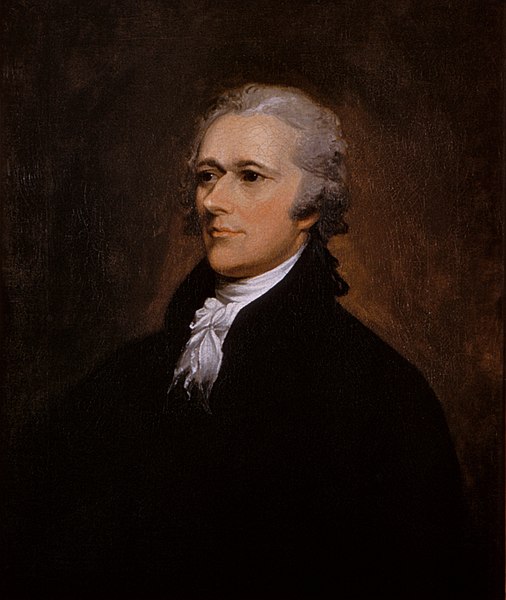First Report on the Public Credit
The First Report on the Public Credit was one of four major reports on fiscal and economic policy submitted by Founding Father and first US Treasury Secretary Alexander Hamilton on the request of Congress. The report analyzed the financial standing of the United States and made recommendations to reorganize the national debt and to establish the public credit. Commissioned by the US House of Representatives on September 21, 1789, the report was presented on January 9, 1790, at the second session of the 1st US Congress.
Alexander Hamilton's First Report on the Public Credit, January 9, 1790
Continental One Third Dollar Note (obverse)
Alexander Hamilton portrait by John Trumbull 1806
James Madison
The Compromise of 1790 was a compromise among Alexander Hamilton, Thomas Jefferson, and James Madison, where Hamilton won the decision for the national government to take over and pay the state debts, and Jefferson and Madison obtained the national capital, called the District of Columbia, for the South. This agreement resolved the deadlock in Congress. Southerners had been blocking the assumption of state debts by the Department of the Treasury, thereby destroying the Hamiltonian program for building a fiscally strong federal government. Northerners rejected the proposal, much desired by Southerners, to locate the permanent national capital on the Virginia–Maryland border.
Alexander Hamilton
James Madison
Thomas Jefferson







